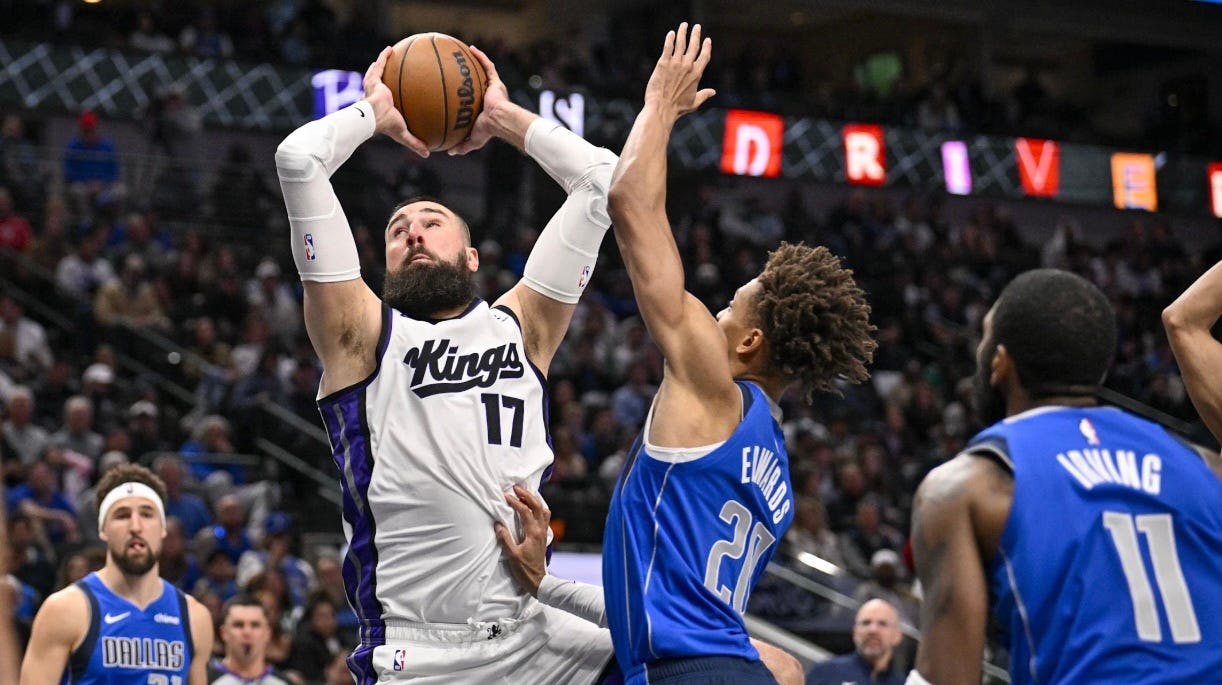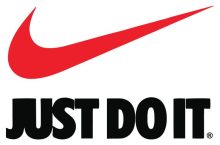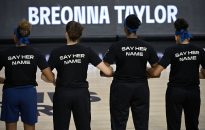It was more of an evolution (Jerome Miron-Imagn Images) Mostly a sweet gig. In the aftermath of Hurricane Sandy the 2012-13 Basketball Prospectus book was edited thanks to electricity supplied by the Montvale Service Area on the Garden State Parkway. It has since been renamed the James Gandolfini Service Area.When we watch games in 2025 […]

It was more of an evolution

Mostly a sweet gig. In the aftermath of Hurricane Sandy the 2012-13 Basketball Prospectus book was edited thanks to electricity supplied by the Montvale Service Area on the Garden State Parkway. It has since been renamed the James Gandolfini Service Area.When we watch games in 2025 we can of course avail ourselves of performance information on these lineups or any others. To some of us this accessibility still feels a bit remarkable. I didn’t have this ability or anything close to it when I started moonlighting from my day job and posting words online about basketball in 2004.My quest for greater understanding strikes me now as paradoxical if not downright ungrateful. Plainly I was gleaning all kinds of information from a wealth of coverage on my team. If anything the early- to mid-aughts were a golden age for reading sports sections. The business model behind the coverage was collapsing but the content was outstanding. Robustly staffed newspapers were numerous. Paywalls were virtually nonexistent. Beat writers regularly traveled with their teams. Sports columnists opined with baronial assuredness even in really small markets.This week I watched the Dallas Mavericks host the Sacramento Kings on an evening when a few Dallas fans were ejected for continuing to protest the Luka Doncic trade. In real time I was unaware these events were taking place in the stands. I had the sound off and was instead focused on how the Kings put Domantas Sabonis and newly acquired reserve Jonas Valanciunas on the floor at the same time. Two bigs, I thought, just like the Celtics do on occasion. After three seasons I quit my day job and mothballed my blog. I was going to give this basketball thing a real shot by writing about any team, player, coach, or league I wished. Ken and I teamed up as college basketball contributors at the new Basketball Prospectus site. We were of course following a template laid down by the venerable Baseball Prospectus brand, and as part of the tradition we produced season previews in book form. I volunteered as editor. Since previewing 300-plus teams requires a phalanx of contributors, I became acquainted with many of the best and brightest hoops writers anywhere. It was a sweet gig.2At that time I was still the kind of emotionally invested fan that I long ago stopped allowing myself to be. (I can’t do that anymore. It’s too exhausting.) This brand of curated irrationality meant I wanted answers on my alma mater’s men’s basketball team. Why are they plunging me into despair with these losses, what is the problem, what are their weaknesses? I wasn’t confident I was finding answers through the coverage I was consuming. That November I started blogging about the Big Ten while also trying to come up with a better measure or two for the sport. I had barely embarked on this second endeavor (making zero progress) when I became aware of Dean Oliver’s book Basketball on Paper. Oliver cracked the code for accurate statements on basketball performance. It was as if he installed a door to this incredibly helpful room and now we were all invited inside.1 Basketball is all about the HR. The frenzied interest lavished by fans and journalists on trade deadlines and portal transfers is spot-on. Everything else is downstream.In today’s basketball information economy of abundance we look back and assume, well, sure, everyone must have rushed into that room right away. In real time it didn’t feel that way. Instead, at least in terms of applying Oliver’s work to men’s college basketball, it seemed to me I encountered this Ken Pomeroy character in that room and that was about it. Within a few weeks of my first post I reached out to Ken and we became fast email friends. Then again maybe that room of Oliver’s wasn’t as sparsely populated as I thought. In 2006, I believe, the West Virginia Intercollegiate Athletic Conference (WVIAC) posted on its site what it called “advanced statistics” like points per possession. I remember Ken and I exchanging emails about this and I do recall being thrilled. This stuff was getting out there. Eventually ESPN came calling and the Prospectus site for hoops was shuttered with a farewell Tuesday Truths in 2013. A few years later when I taught a few semesters of basketball analytics for a master’s program in sports management, I became aware of how elastic this term “analytics” really is. For the students analytics was, quite rightly, a language to be mastered and an ability to be acquired. In class we covered the terminology, coded in R, held mock drafts, and evaluated NBA players and especially front offices vociferously and at length.So I say let Eric Musselman yell at Ken. Analytics aren’t a dire threat and never were. The real menace is those diabolical types you see specializing in human resources. Sure, analytics can tell us how well Sabonis and Valanciunas perform when they’re on the floor together. Those numbers are just the readout on the speedometer. The personnel mastermind who chose to bring these two bigs together is the one who’s driving this car. Later I would learn Dean Smith was evaluating teams on a per-possession basis even prior to becoming North Carolina head coach in 1961. Genius. One random incident also played in role in my decision to offer words on hoops. In the 2004 offseason the LA Lakers made a run at hiring Mike Krzyzewski. When he turned them down one columnist wrote that Coach K’s decision to stay at Duke had “saved” college basketball. Saved college basketball, I thought. Now then, let’s see if I can do better than that.














